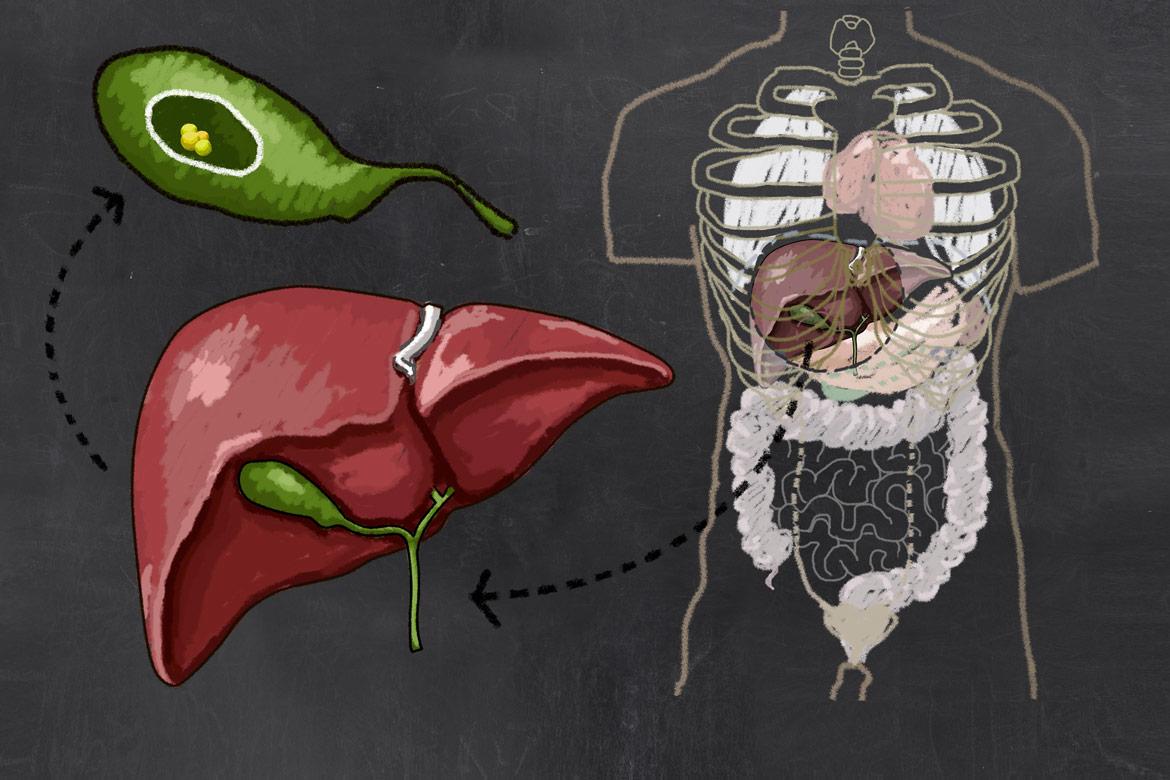-
-
Featured Care Areas

Gallstones
How are gallstones diagnosed?
Your doctor will take a comprehensive history and do a thorough physical evaluation (e.g. check your eyes and skin for a yellowish tint that indicates jaundice, which is caused by too much bilirubin in your body).
Diagnostic and imaging tests may also be recommended, which include:
- Ultrasound – This allows the doctor to see into your abdomen and confirm the presence of gallstones.
- Abdominal CT scan – This captures images of your liver and the abdominal region.
- Blood test – This measures liver function and determines bilirubin levels and any signs of infection or inflammation.
- Magnetic retrograde cholangiopancreatography (MRCP) – This is a specialised MRI scan of the region to assess the bile ducts to reveal if there are gallstones obstructing the bile ducts.
- Endoscopic retrograde cholangiopancreatography (ERCP) – This is an endoscopic procedure that uses X-rays to reveal if gallstones may be obstructing your bile duct. This endoscopy can also be potentially therapeutic. For example, it can remove the common bile duct stone, deploy a stent to relieve jaundice, or treat bile duct infections.
- Gallbladder radionuclide scan, in which a radioactive dye is injected into the veins to check the gallbladder’s emptying function. It can also be used to look for bile duct blockage or leakage.
How are gallstones treated?
The treatment of gallstones depends on whether they are causing any symptoms and the likelihood of potential gallstone-related complications. It also depends on the person's age and general health.
Gallstones may be removed using the following methods:
- Cholecystectomy – This gallbladder removal surgery is usually performed as a keyhole surgery using several small incisions, or as a single incision laparoscopic surgery that only requires one incision.
- Traditional or “open” cholecystectomy – This may be recommended for cases where the infection is severe, the anatomy is complicated, or if the patient had a previous abdominal surgery.
- Medications such as ursodeoxycholic acid, which helps to make the bile less concentrated, may minimise or prevent new stones from forming and sometimes dissolve small gallstones. This is often not effective and reserved for patients whose risk for surgery is too high.
- Endoscopic retrograde cholangiopancreatography (ERCP) – This may be used in cases where the gallstones are dropped in the common bile duct. An ERCP can enter the bile duct via the first portion of the small intestine (duodenum) to retrieve the stones in the common bile duct.
- Sphincterotomy – This involves cutting the sphincter (the muscle between the common bile duct and the duodenum) to widen the exit where remnants or future sludge or smaller stones may pass into the small intestine without causing a blockage.
This page has been reviewed by our medical content reviewers.
Need help?
For enquiries, please call
+65 6575 7575
For appointment bookings, please WhatsApp
+65 8111 9777





